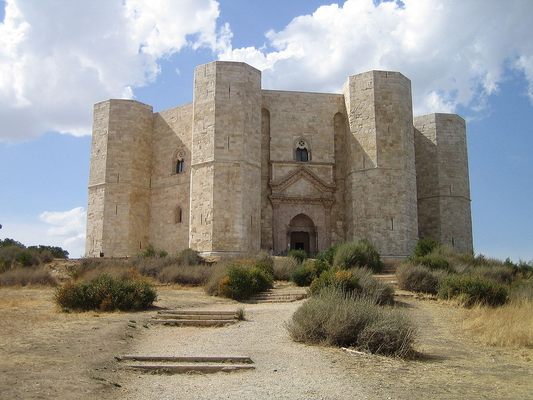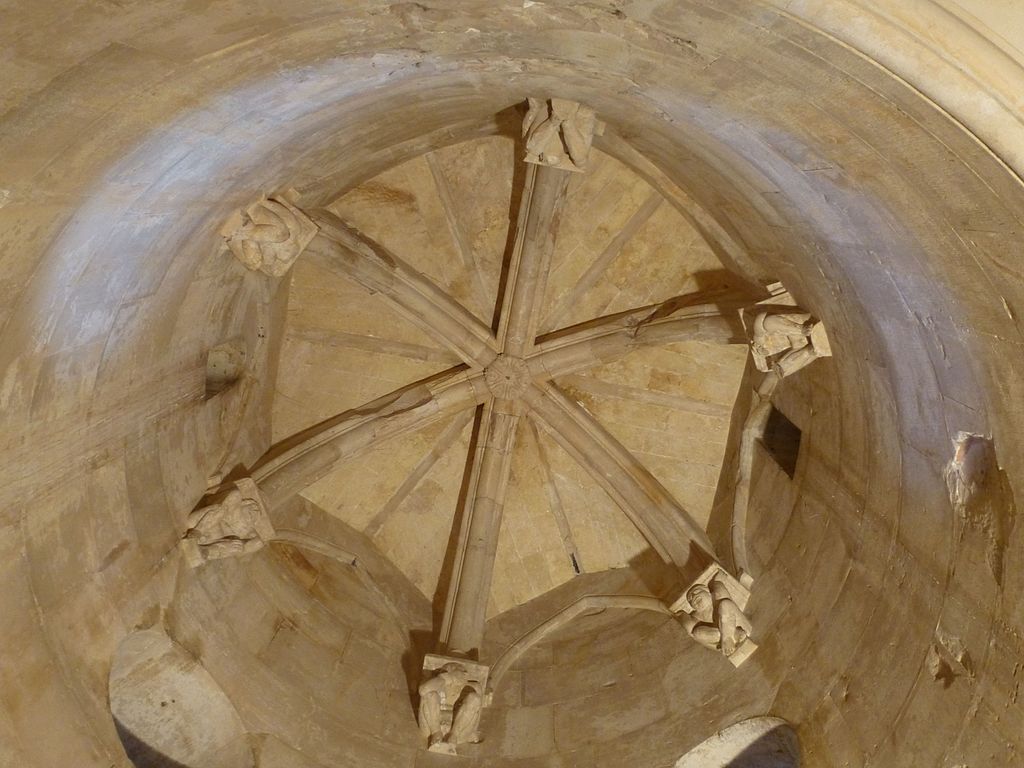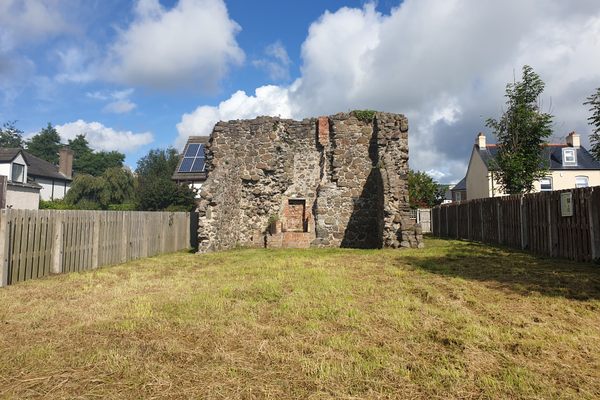About
Castel del Monte, literally “Castle of the Mount,” is living proof of the brilliant and curious mind of its founder, the Emperor Frederik II.
Famous for his love of justice and peace but also his pride and ambition, Frederik II ordered the construction of the building in 1240 only to see it abandoned a few years later. The citadel would go on to become a prison, and a shelter for herdsmen, thugs, and political refugees.
A masterwork of medieval architecture, fusing cultural elements from Northern Europe, the Middle East and the classical Hellenic world, the castle is formed by geometrical shapes rich in symbolic meaning. The fortification's layout consists of an octagonal base with an octagonal tower at each corner and contains eight trapezoidal rooms within. It is said that there was also once an octagonal basin in the courtyard, representing the Holy Grail. Underneath the grounds, five pools were also dug to collect rain water.
Despite its name, the Castel del Monte's purpose is still unknown, although several theories have been posited. The structure is often not considered a proper castle because of its small size and its lack of essential military elements such as a moat or drawbridge. It has also been suggested that the building served as a hunting lodge, but this has also been discounted due its lack of stables.
The purpose may be uncertain, but its harmonious beauty is not. UNESCO placed the Castel del Monte on the World Heritage list in 1996. Since 2001, when Euro currency was released for circulation, Castel del Monte has graced Italy's 1 cent coin.
Related Tags
Know Before You Go
Highway A16 (Bari-Canosa)Exit Andria, BarlettaSP 170 for 18 km41.084167, 16.271389
Flavors of Italy: Roman Carbonara, Florentine Steak & Venetian Cocktails
Savor local cuisine across Rome, Florence & Venice.
Book NowCommunity Contributors
Added By
Published
October 14, 2013






















